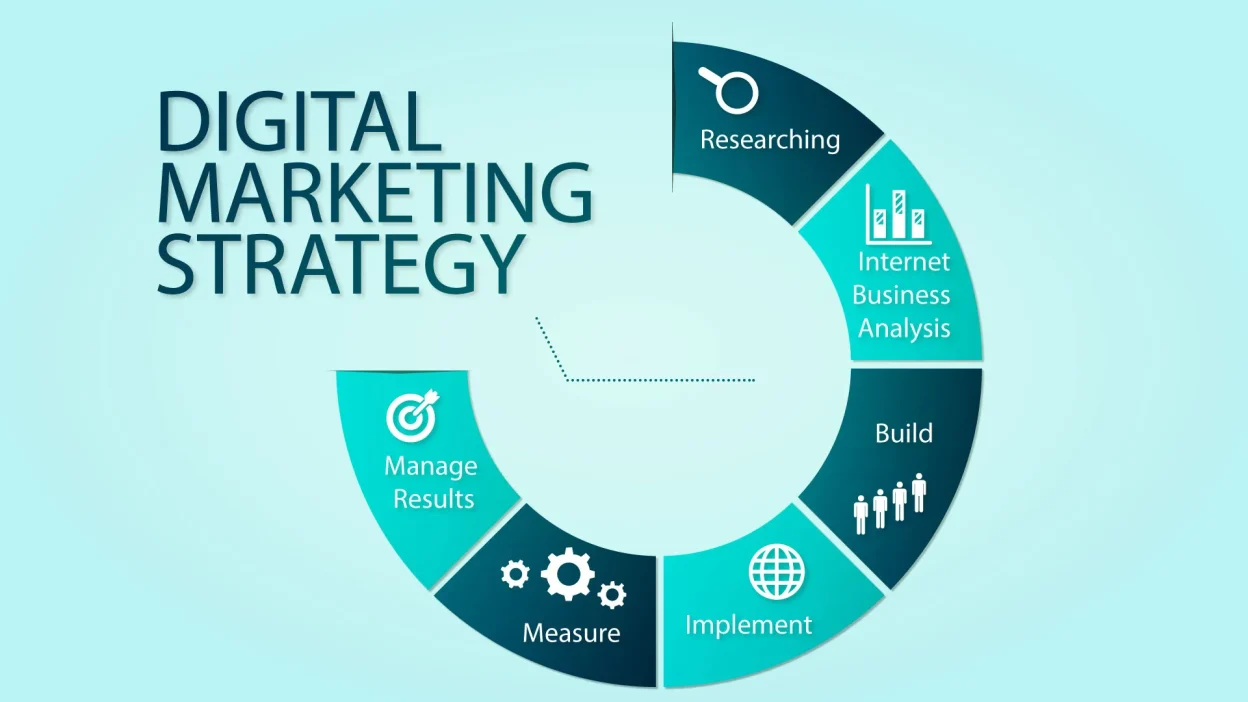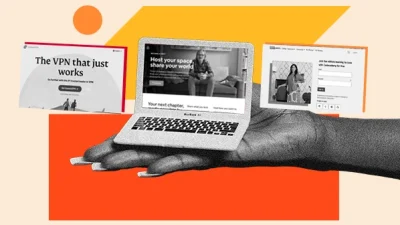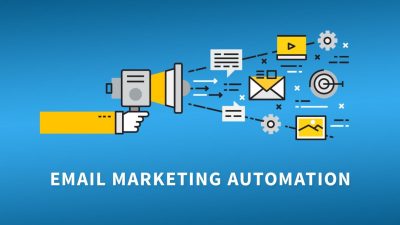Introduction
In today’s competitive digital landscape, a one-size-fits-all marketing approach no longer works. Consumers move through various stages before making a purchase — from awareness to consideration to decision. A full-funnel digital marketing strategy ensures that your brand engages users at every stage of this journey, nurturing leads and maximizing conversions.
This blog breaks down the full-funnel framework, explores key tactics for each stage, and provides actionable steps to build a strategy that drives measurable results.
1. What Is a Full-Funnel Marketing Strategy?
A full-funnel strategy aligns marketing efforts with the customer journey, typically divided into three stages:
- Top of Funnel (TOFU): Awareness
- Middle of Funnel (MOFU): Consideration
- Bottom of Funnel (BOFU): Conversion
Each stage requires different messaging, channels, and tactics to guide users toward becoming loyal customers.
2. Why Full-Funnel Marketing Matters
✅ Improved Lead Quality
By nurturing leads through each stage, you attract users who are more likely to convert.
✅ Higher ROI
Targeted messaging reduces ad waste and improves campaign efficiency.
✅ Better Customer Experience
A seamless journey builds trust and loyalty.
✅ Scalable Growth
A structured funnel allows for better tracking, optimization, and scaling.
3. Stage 1: Top of Funnel (TOFU) – Awareness
🎯 Goal: Capture attention and introduce your brand
Audience: Cold traffic, new visitors, broad demographics
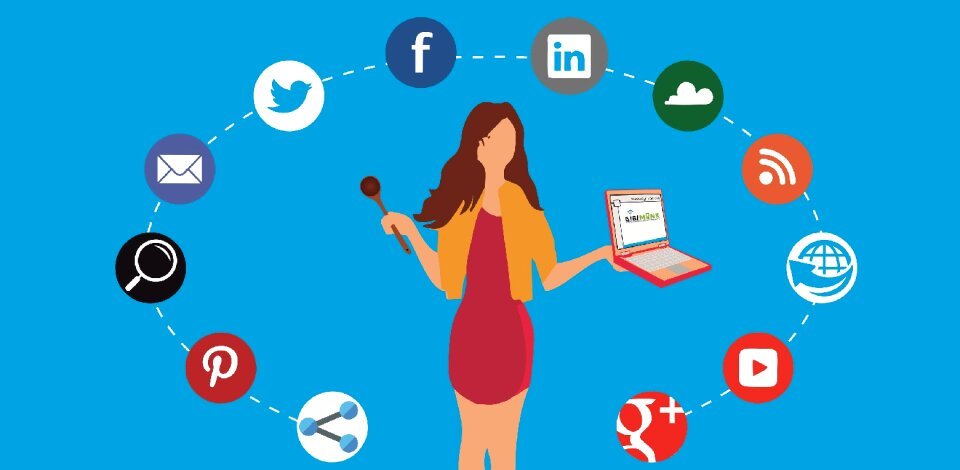
Key Tactics
1. Content Marketing
- Blog posts
- Infographics
- Educational videos
2. Social Media Marketing
- Instagram Reels
- TikTok trends
- Facebook awareness ads
3. SEO
- Keyword-rich blog content
- Featured snippets
- Local SEO for visibility
4. Influencer Collaborations
- Partner with micro-influencers
- Sponsored content to reach new audiences
5. Display Advertising
- Google Display Network
- Programmatic ads
Metrics to Track
- Impressions
- Website traffic
- Social engagement
- New followers/subscribers
4. Stage 2: Middle of Funnel (MOFU) – Consideration
🎯 Goal: Educate and build trust
Audience: Warm leads, returning visitors, email subscribers
Key Tactics
1. Email Marketing
- Lead nurturing sequences
- Educational newsletters
- Product highlights
2. Webinars and Live Demos
- Showcase expertise
- Answer questions in real time
3. Case Studies and Testimonials
- Build credibility
- Address objections
4. Retargeting Ads
- Facebook and Google retargeting
- Personalized messaging
5. Interactive Content
- Quizzes
- Calculators
- Product selectors
Metrics to Track
- Email open/click rates
- Webinar attendance
- Time on site
- Retargeting CTR
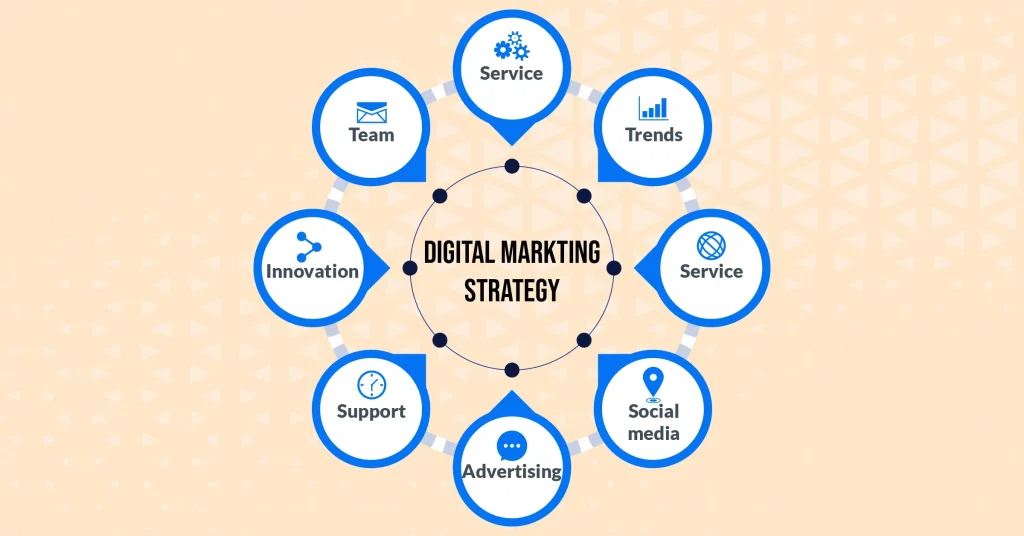
5. Stage 3: Bottom of Funnel (BOFU) – Conversion
🎯 Goal: Drive action and close the sale
Audience: Hot leads, cart abandoners, demo attendees
Key Tactics
1. Conversion-Focused Landing Pages
- Clear CTAs
- Minimal distractions
- Social proof
2. Limited-Time Offers
- Scarcity and urgency
- Promo codes and bundles
3. Product Demos and Free Trials
- Let users experience value firsthand
4. Sales Enablement Content
- Comparison charts
- ROI calculators
- FAQs
5. Live Chat and Chatbots
- Real-time support
- Personalized assistance
Metrics to Track
- Conversion rate
- Cost per acquisition (CPA)
- Cart abandonment rate
- Revenue generated
6. Post-Purchase and Retention Strategies
🎯 Goal: Build loyalty and encourage repeat business
Key Tactics
1. Onboarding Emails
- Welcome series
- Usage tips
2. Loyalty Programs
- Points and rewards
- Referral incentives
3. Customer Feedback
- Surveys
- Reviews and testimonials
4. Upselling and Cross-Selling
- Personalized product recommendations
5. Community Building
- Private groups
- Brand ambassadors
Metrics to Track
- Repeat purchase rate
- Customer lifetime value (CLV)
- Net Promoter Score (NPS)

7. Integrating Channels Across the Funnel
Omnichannel Approach
- Ensure consistent messaging across email, social, search, and paid media
- Use CRM tools to track user behavior and personalize outreach
Marketing Automation
- Tools like HubSpot, ActiveCampaign, or Klaviyo
- Automate lead nurturing and segmentation
Data-Driven Optimization
- Use analytics to identify drop-off points
- A/B test messaging, creatives, and CTAs
8. Building Your Funnel: Step-by-Step Guide
- Define Your Audience Segments
- Create buyer personas
- Map pain points and goals
- Audit Existing Content and Channels
- Identify gaps in funnel coverage
- Create Funnel-Specific Content
- TOFU: Educational
- MOFU: Trust-building
- BOFU: Conversion-focused
- Set Up Tracking and Analytics
- Use Google Analytics, Meta Pixel, CRM dashboards
- Launch Campaigns
- Align messaging with funnel stages
- Monitor and Optimize
- Weekly reviews
- Monthly reporting
Conclusion: Funnel Thinking for Sustainable Growth
A full-funnel digital marketing strategy isn’t just a buzzword — it’s a proven framework for guiding users from discovery to decision. By aligning your content, channels, and messaging with each stage of the customer journey, you create a cohesive experience that builds trust, drives conversions, and fosters loyalty.
Whether you’re a startup or an established brand, funnel thinking helps you scale smarter, not harder.

